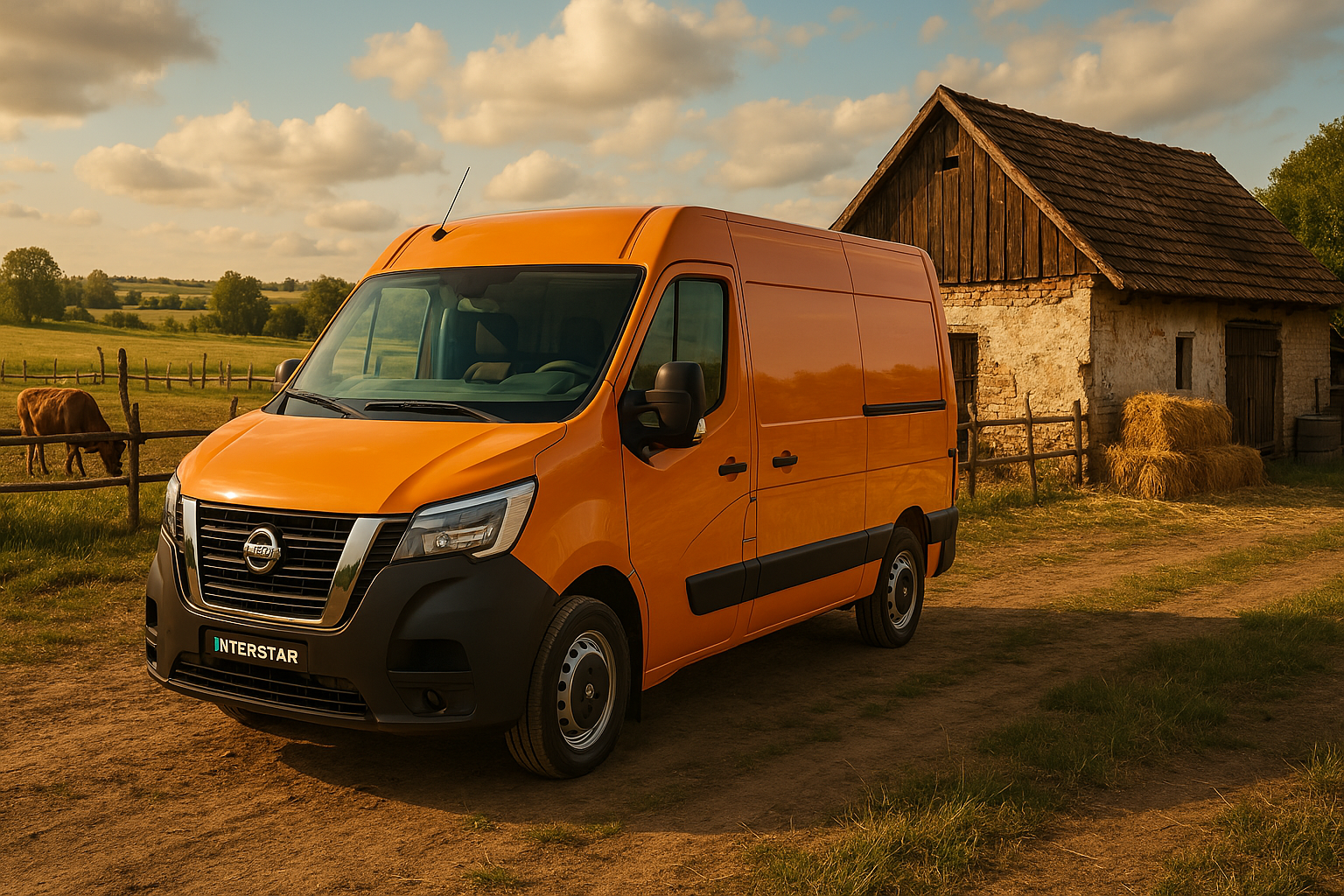Overview of the Nissan NV400
The Nissan NV400 was launched in 2010 as a result of Nissan's collaboration with the Renault-Nissan Alliance, which allowed Nissan to enter the large van segment with a model based on the third-generation Renault Master. Sharing its platform with the Renault Master and Opel/Vauxhall Movano, the NV400 was engineered for durability, commercial flexibility, and reliability. Assembly took place at Renault's plant in Batilly, France, alongside its platform siblings. Despite the shared architecture, Nissan applied unique design elements to the NV400 to visually differentiate it from its counterparts.
The van was made available in a wide array of body types and sizes, aimed at meeting the varied demands of commercial clients. It was offered in front-wheel drive (FWD) and rear-wheel drive (RWD) versions, with numerous combinations of length and roof height. These options helped businesses tailor the van to specific operational requirements, whether for urban deliveries or heavy-duty logistics. The NV400's adaptability earned it a solid reputation across Europe, especially among small and medium-sized enterprises. It served as Nissan's flagship model in the large van category until it was renamed the Interstar in 2021.
Body Configurations and Cargo Capacities
The NV400 came in four body lengths—L1 through L4—and three roof heights—H1 to H3. This modular setup enabled cargo volumes ranging from 8 to 17 cubic meters, making it one of the more customizable options in its segment. The vehicle could be ordered as a panel van, crew van, chassis cab, platform cab, or even as a dropside or tipper, depending on customer needs. Payload capacity varied between approximately 1,000 kilograms and 2,500 kilograms depending on the specific variant. Rear-wheel drive models, particularly those with twin rear wheels, were best suited for heavier payloads and offered greater traction under load.
The gross vehicle weight (GVW) spanned from 2.8 to 4.5 tonnes, with maximum trailer towing capacities of up to 3.0 tonnes on some configurations. These features made the NV400 suitable for demanding industries such as construction, logistics, and utility services. A wide range of aftermarket conversions were also supported thanks to a strong chassis and manufacturer-backed upfitting programs. For businesses requiring temperature-controlled logistics, refrigerated versions of the NV400 were commonly supplied by third-party converters using Nissan's base model framework.
Engine Specifications and Fuel Efficiency
Powering the NV400 was a 2.3-liter dCi turbo-diesel engine available in various power outputs over the van's production life. Entry-level variants started at 100 horsepower, while the top-end versions reached up to 170 horsepower. Mid-range options such as the 125 and 145 horsepower variants were among the most popular due to their balance between fuel efficiency and hauling capability. All engines were Euro 5 or later upgraded to Euro 6 compliant, featuring technologies like selective catalytic reduction (SCR) and diesel particulate filters to reduce harmful emissions.
The transmission was typically a 6-speed manual, with an optional 6-speed semi-automatic on selected trims. Depending on the configuration, fuel economy ranged from approximately 7.5 to 9.9 liters per 100 kilometers under combined driving conditions. This placed the NV400 within the competitive range for fuel efficiency in its class. The twin-turbo models introduced in later years improved both fuel economy and torque output at low revs, making them particularly effective for urban stop-start delivery routes and long-distance highway driving alike.
Interior Features and Driving Comfort
Inside, the NV400 was designed with practicality and driver comfort in mind. The dashboard featured a straightforward layout with clearly marked controls and ample storage spaces, including overhead compartments and cup holders. Three-person bench seating was standard in most variants, though higher trims offered individual seats and upgraded upholstery. Visibility was enhanced by large wing mirrors and a relatively upright driving position, which contributed to safer maneuvering in tight spaces.
Optional features varied by trim level but could include air conditioning, Bluetooth connectivity, cruise control, and satellite navigation. More recent models offered touchscreen infotainment systems with Apple CarPlay and Android Auto compatibility. Safety features included ABS, electronic stability control, and a driver airbag as standard. Some models added hill-start assist, lane departure warning, and rear parking sensors to enhance driver confidence. The cabin's insulation and ride quality were adequate for the class, helping to reduce fatigue on long drives.
Exterior Updates and Model Evolution
The NV400 received a facelift in 2014, which included updated headlights, a revised front grille, and minor changes to the bumper design. These cosmetic updates were paired with mechanical refinements that improved engine efficiency and reduced noise levels. In 2019, Nissan introduced newer twin-turbo engine variants, offering improved torque and better acceleration without significantly impacting fuel consumption. At the same time, the interior was modernized with new materials and updated technology.
These refinements allowed the NV400 to remain competitive against rivals such as the Ford Transit, Mercedes-Benz Sprinter, and Peugeot Boxer. Nissan also offered fleet management support and service packages to business customers, increasing the van's appeal for long-term use. In 2021, the NV400 was rebranded as the Nissan Interstar to align with Nissan's global naming strategy for its commercial lineup. While the badge changed, the core attributes of reliability, flexibility, and cost-effective performance remained unchanged.

